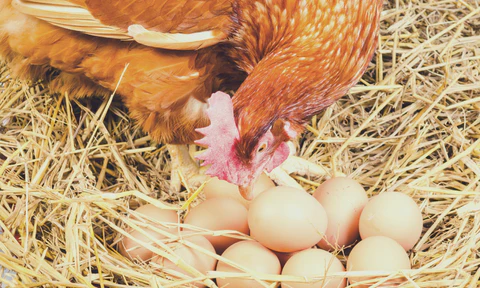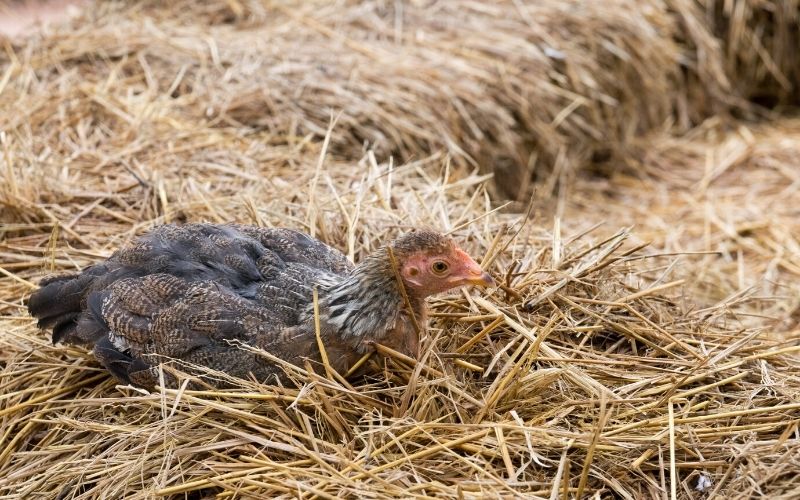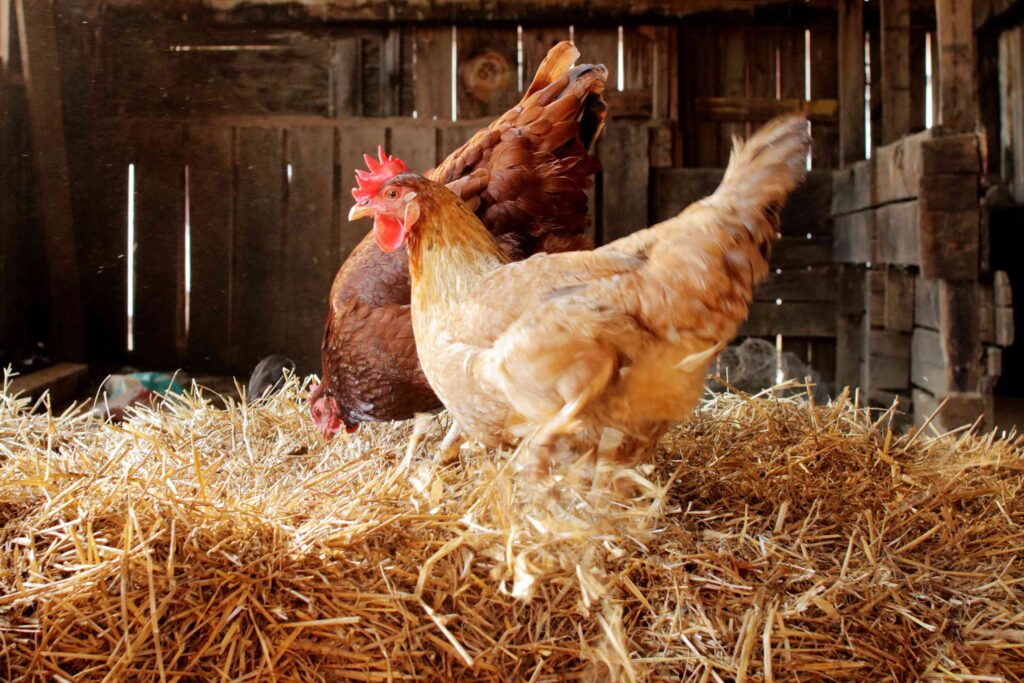Raising chickens in the backyard can make you wonder what is the best bedding to use for a chicken coop.
To keep your chicken from stinking and to keep them healthy, using proper coop bedding is essential. Chickens don’t urinate; they only excrete solid feces. Thus, the litter can stay dry anyway.
Among a few options of wood shavings, sand, sawdust, and straw, the best chicken coop bedding is that which is capable of absorbing moisture, gives the option for chickens to dust, and insulates the floor from the cold.
So, let’s explore further which is a great candidate among sawdust and sand to use as chicken coop bedding.
Ideal Qualities of a Chicken Coop Litter

The following are the desired qualities of a good chicken coop bedding:
- It must have low moisture retention.
- The substance must be easy to use.
- The material must be easy to clean and maintain.
- It should be low in ammonia.
- The material must be low in bacterial, insect, and mold growth.
- It should give off less dust.
- It must be definitely non-toxic
- It must provide insulation against the cold.
- It must be naturally compostable.
- It should be non-flammable.
Comparing Straw and Sawdust

Below are a few essential metrics on which straw and sawdust are compared to establish a better understanding regarding the choice of materials for chicken coop bedding.
1. Moisture Absorption, Retention, and Release
Chicken coop bedding should have a low moisture retention rate. It should be able to stay dry as much as possible. Too much moisture would invite pathogens, which will thrive easily on the bedding material. Another problem that comes up with moisture is ammonia building in the coop.
Absorption is required so that water doesn’t stagnate and pool on the bedding. The winning candidate here is straw, which is more absorptive than sawdust. On the other hand, sawdust releases water easily, while straw releases water slowly.
2. Cleanliness
Both straw and sawdust are filthy and dusty. Caking occurs in straw as it tends to hold onto moisture. The caking tendency of straw is demonstrated in several studies. Severe caking makes it difficult for chickens to even move through the bedding.
3. Ammonia Toxicity
According to several studies, it has been found that straw has low ammonia emissions compared to other chicken coop bedding materials like sawdust or wood shavings. It is certain that high levels of ammonia must be avoided as it can cause severe problems in chickens, including blindness and keratoconjunctivitis, and allow other bacteria to thrive.
4. Insulation and Compostability
Staw is cooler compared to sawdust, but sawdust is better at keeping chickens warm during winters as it is a naturally bad conductor of heat and does not allow heat to be lost in the atmosphere easily. So, during summer, straw is a better choice, while during winter, sawdust is a better choice. Straw also offers better compostability compared to sawdust.
5. Flammability
Saving chickens from fire is essential, whether in poultry farms or your backyard. Therefore, the chicken coop bedding should be made of non-flammable material. Both sawdust and straw tend to be flammable. The best candidate in this case is sand.
How Do You Maintain Straws?

Clearly, straw is a better candidate for straw and sawdust as the bedding material for chicken coop. Straw must be maintained daily and weekly to prevent droppings from becoming matted. Regular turning is encouraged to mix the droppings with straw. This will also help aerate the bedding. Consequently, it will help with composting.
However, if you are taking the help of a droppings management system, then the droppings would need to be stirred only once a week. Every 3-4 months, straw would need to be replaced with new straw because, in a quarter, the old straw bedding will become too saturated with the droppings. A fresh layer of straw should be about 5 to 6 inches thick, while the old straw can be added to the compost pile.
The replacement cycle lets you use the straw for the fall and winter litter and then use the new layer of straw for the spring and summer litter.
Discover how “small chicken coop plans” can be customized for breeding chickens in our expert article.
Conclusion
Straw and sawdust are two common candidates for bedding. Straw is inexpensive, while sawdust tends to be a bit dusty. Straw also shows better absorption, compostability, less ammonia toxicity, and insulation properties.
On the other hand, sawdust gives off moisture more quickly and is better to provide heat insulation to the chicken during winters.
So, you could choose straw or go with other materials like pine shavings and sand. While making a choice of material, ensure that they have the above-described qualities to give the chicken a healthy environment to grow and sustain. Litter must stay dry to remain odor-free.
Furthermore, you need to also take into account the easy availability of the material.
Be sure to check out these other posts for more fascinating insights:










Comments